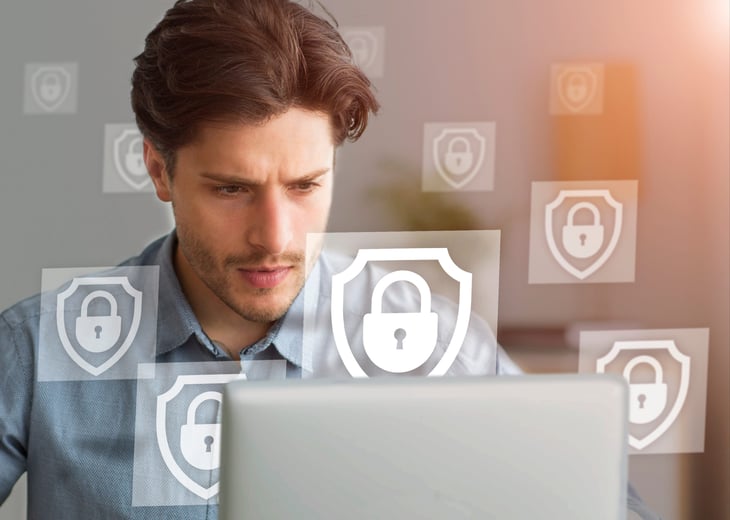
This story originally appeared on FlexJobs.com.
One of the challenges of working from home is that you’re your own for tech support.
Fortunately, there are some easy things you can do to protect yourself and your devices when you work at home. And many are low-cost, low-tech, and easy for even the most novice of techies.
Following are several steps you can take to protect your — and your employer’s — data.
1. Install and Update Antivirus Programs
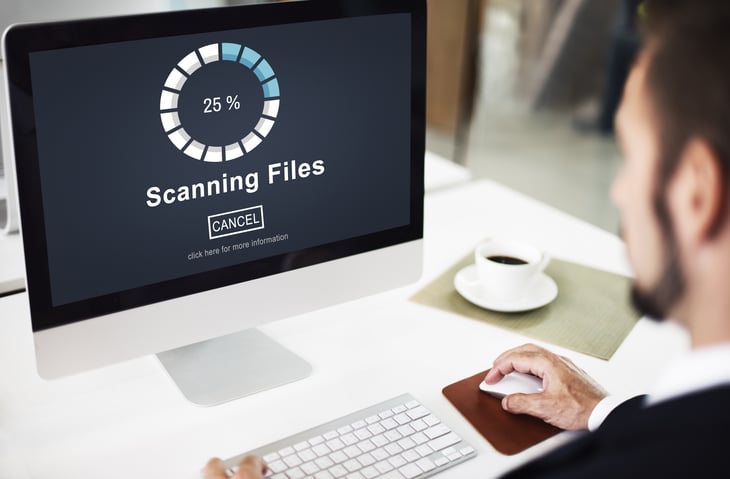
Even though most new devices come with some form of antivirus protection, it’s generally a good idea to go out of your way to track down and install a more robust and up-to-date protection service.
And, no matter what kind of antivirus protection you install, make sure you’re updating it regularly. Hackers are always finding new ways to worm their way onto your device, and your best defense is a good offense.
2. Keep Your Operating System Up to Date

Like it or not, those reminders to download, restart, and update your devices are among the best security tips for working from home.
Those minor tweaks often contain patches that help devices stay secure and worry-free. Yes, they can be annoying, but keeping your operating system up to date is an easy (and usually free) way to protect yourself.
3. Secure Your Router and Modem
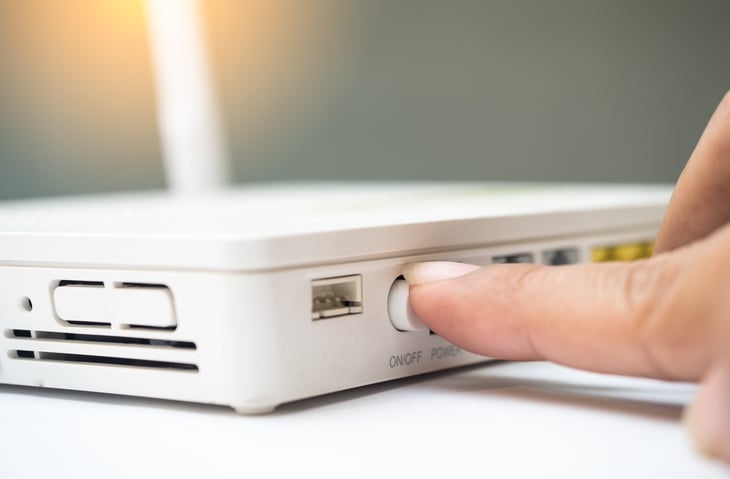
In case you don’t know the difference, your modem is what allows your home network to connect to the internet, and your router is the device that lets all of your devices use the connection.
Each of these devices comes with a default password, and if you’ve never changed yours, you’re leaving yourself vulnerable to attack. Hackers know people don’t change the default passwords, and they take advantage of this. So, check the instructions and change your passwords.
While you’re at it, check for firmware updates for these devices. Just like your operating system, your router and modem need the occasional update, too.
4. Go Private
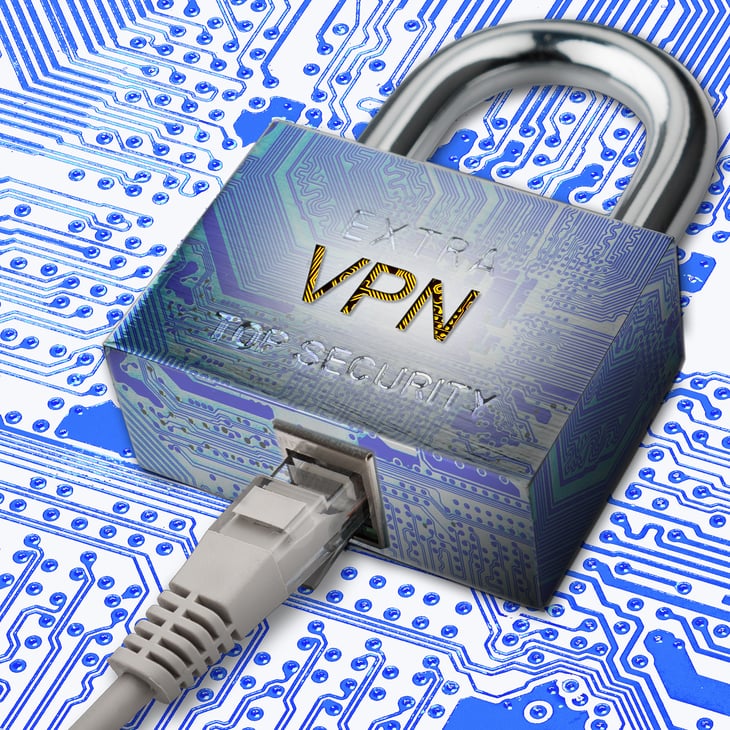
To take your cybersecurity to the next level, consider using a virtual private network (VPN) when you use the internet. A VPN creates a private network from a public internet connection, masking your online activities. This helps protect your passwords and other sensitive information that hackers could exploit.
5. Encrypt Your Devices
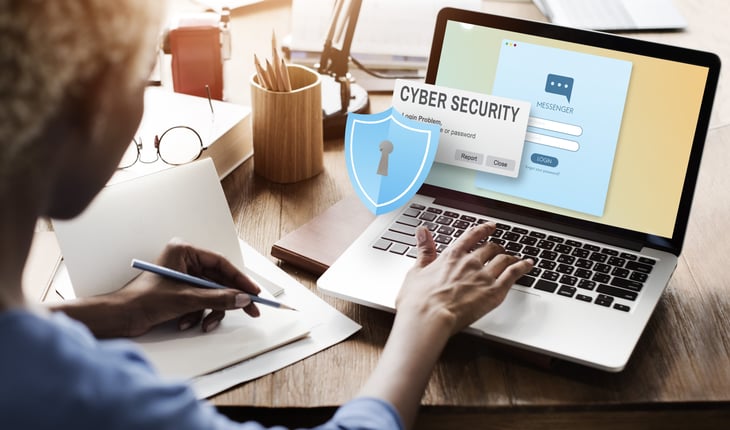
One of the next-level cybersecurity tips when working from home includes encrypting your devices. Every device and operating system has a different method for doing this, but it is possible.
Once you’ve encrypted your device, if it’s lost or stolen, no one will be able to see the contents of the device without your password.
6. Watch Out for Phony Emails

Yes, you’ve probably figured out that the deposed king of Nigeria isn’t really going to transfer his riches to you if you send him a few thousand to cover his expenses. And you know you didn’t win the foreign lottery you can’t remember entering.
Hackers and other scammers have figured this out, too, so they’ve come up with more creative ways to get onto your device and into your network. And thanks to the pandemic, there are more schemes than ever.
Security tips for working from home always include being careful of emails that look legit but feel “off.” It’s easy to grab some screenshots of real logos from e-commerce companies, banks, or even your employer to create an “official” looking email. And, scammers often create look-alike email addresses that could throw you off if you aren’t paying attention.
For example, most legitimate companies have their domain name as part of their email address ([email protected]). However, if you aren’t paying attention, you may not notice a slight difference in the email address ([email protected], [email protected]). Opening these emails could open you and your devices up to a ton of trouble.
Fortunately, most email programs can sniff these scams out and warn you before you do anything. But, if your gut says something is off, trust it! Start a new email and reach out to the person who emailed you. Or, pick up the phone and call a phone number you trust to get answers.
7. Stay Safe on Social Media

If you’re on social media, you’re a target for a malicious attack. Be mindful of whom you accept requests from and what you click online. To be extra careful and maintain your cybersecurity, lock down your profiles, and keep it “friends and members only.”
8. Be Careful When You Share

Technology has some wonderful abilities, like sharing your device screen from the comfort and safety of your own home. However, it’s easy to forget that when you do share your screen, you’re sharing everything.
So, before you share your screen, make sure you close any tabs or programs you don’t want others to see or move them to a screen that is not being shared. Even if it is your Fantasy Football stats, you may still want to keep that private.
Also, consider whom you share documents with. While most companies limit whom you can share things with (only people with a company email address, for example), not all companies do. And, if you keep your home and work lives on a shared device, and you share your personal files with the wrong people, they may be able to access your work files as well.
9. Keep Work and Home Separate

Though it may be a pain to keep two of everything (phone, laptop, tablet), one of the best work-from-home cybersecurity tips is to keep your home and your work devices separate. If one device gets infected with something, at least you’ve got a backup until you fix the problem.
10. Utilize Auto Locks and Strong Passwords

Sometimes you plan on walking away from your desk for “just a minute” and that minute turns into an hour. It happens. But to protect yourself and your data, enable the auto-lock feature on your device and require a password, PIN or biometric reading to unlock it.
This security tip for working from home keeps your device safe and secure in the event you lose it, or it’s stolen, and it helps keep prying eyes away from sensitive data. It also protects you from a curious toddler starting a Zoom meeting with the CEO of your company.
11. Consider a Password Manager
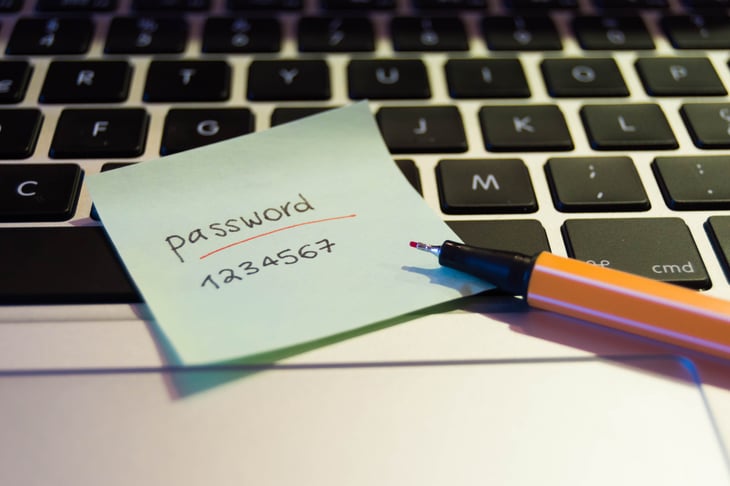
The problem with passwords is that they’re a pain to keep track of and remember. So, many people use an easy to remember password (1234, say, or your birthday) or use the same password across multiple devices.
We all know this is a no-no, and yet many of us do it anyway. To move away from bad password practices, consider investing in a password manager. Not only can they store all your passwords in a secure and encrypted environment (no more resetting your password again!), they can also generate hard-to-crack passwords to give you even more security.
To be clear, password managers are not the same thing as saving your passwords and logins on your web browser or locally on a device (like your phone or tablet). Password managers are encrypted and secure. The same cannot be said of your web browser or devices, so do not store your sensitive information there.
12. Use Two-Factor Authentication

As much as we want to think our strong passwords are uncrackable, that’s just not the case. To make sure no one can access your data even if your password is compromised, enable two-factor authentication (2FA) on all of your accounts.
When you enter your username and password, the site generates a one-time temporary code that you have to enter for access. This is sent to your cellphone, and without that code, no one is getting into your account.
13. Enable Find and Remote-Wipe Functions

For any device that leaves your house, make sure you’ve enabled the find-my-device and remote-wipe features. If your device is lost or stolen, you can still remotely access the data and wipe it clean. It’s not ideal, but it’s better than your information falling into the wrong hands.
14. Back It Up

And should the worst happen (remote wipe, ransom attack), a proper backup will get you back up and running in no time. You may need to transfer everything from your old device to your new one, but at least you won’t lose all your hard work.





Add a Comment
Our Policy: We welcome relevant and respectful comments in order to foster healthy and informative discussions. All other comments may be removed. Comments with links are automatically held for moderation.